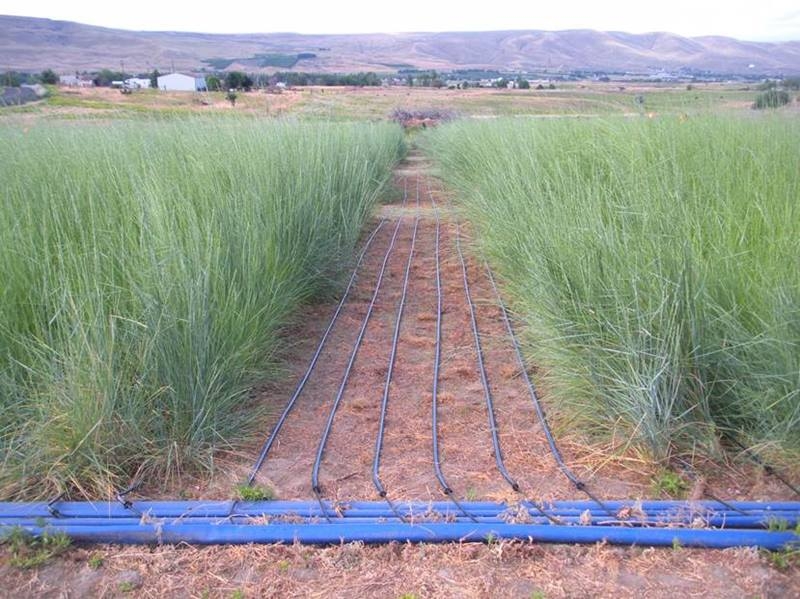The Science
The Impact
Soil microbial communities that are simpler than real ones but still represent their basic functions can be useful tools for scientists. They can offer insights into how the microbes in these communities remain stable or change over time. They provide scientists with new contexts to understand how environments shape soil microbiomes. These communities can also reveal how the different types of microbes and their environment can influence the community’s stability. By observing these simplified communities, scientists can learn more about how to potentially control similar ones in complex native soils.
Summary
Scientists need a deeper understanding of the ecological properties that control the structure and function of soil microbiomes. These communities are globally consequential and are now undergoing little-known pressures in a changing world environment. Understanding them is difficult because of the sheer number of species present. In addition, scientists have cultivated and thoroughly studied very few soil microbes in laboratory conditions. Now a team of researchers report on representative, reduced-complexity microbial communities that can serve as tools for better understanding soil microbiology. To cultivate their simplified soil microbiomes, the researchers looked at both bacteria and fungi. Many other studies use only liquid and focus only on bacteria, making it impossible to simulate a full view of the soil microbiome in its native environment.
They found that an environment of soil, rather than liquid, leads to a community of microbes that is representative of native soil sites. The researchers used a dilution procedure to obtain simplified, naturally adapted cohorts to serve as an experimental resource that recapitulates at least some soil microbiome behaviors. Finally, they showed that such reduced-complexity communities are reproducible and that the communities are stable across time.
Funding
This work was supported by the Department of Energy’s (DOE’s) Office of Science, Office of Biological and Environmental Research (BER), and is a contribution of the Scientific Focus Area “Phenotypic response of the soil microbiome to environmental perturbations” (70880). The Pacific Northwest National Laboratory (PNNL) is operated for the DOE by Battelle Memorial Institute.
Original post https://alertarticles.info


